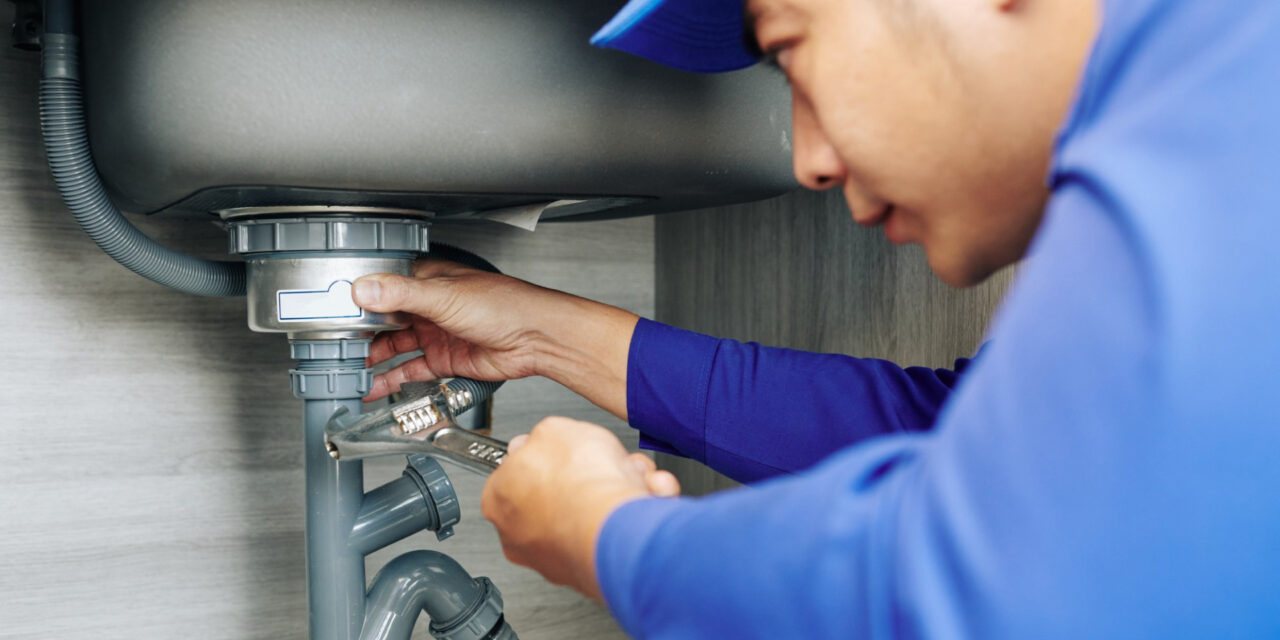Finding Secret Water Line Leaks: 6 Effective Detection Tricks
Finding Secret Water Line Leaks: 6 Effective Detection Tricks
Blog Article
Do you find yourself searching for resources concerning Leaking water lines?

Early discovery of dripping water lines can mitigate a potential calamity. Some little water leakages might not be noticeable.
1. Take A Look At the Water Meter
Every home has a water meter. Checking it is a proven way that helps you uncover leaks. For beginners, turn off all the water sources. Ensure no one will certainly purge, use the tap, shower, run the washing maker or dishwashing machine. From there, most likely to the meter and watch if it will alter. Since nobody is utilizing it, there must be no activities. That shows a fast-moving leakage if it moves. Likewise, if you find no changes, wait a hr or more and also check back once again. This indicates you may have a sluggish leak that might even be underground.
2. Inspect Water Intake
Analyze your water costs and also track your water intake. As the one paying it, you ought to notice if there are any discrepancies. If you spot sudden changes, despite your intake coinciding, it implies that you have leaks in your plumbing system. Bear in mind, your water costs need to drop under the very same array every month. A sudden spike in your bill suggests a fast-moving leakage.
A stable rise every month, also with the same routines, shows you have a sluggish leakage that's also gradually escalating. Call a plumber to extensively check your residential or commercial property, specifically if you feel a warm area on your flooring with piping underneath.
3. Do a Food Coloring Examination
30% comes from bathrooms when it comes to water usage. Test to see if they are running correctly. Decline flecks of food color in the tank and also wait 10 minutes. There's a leak between the tank and bowl if the shade somehow infiltrates your dish during that time without flushing.
4. Asses Outside Lines
Don't neglect to examine your outside water lines also. Should water permeate out of the link, you have a loose rubber gasket. One tiny leak can squander bunches of water and increase your water expense.
5. Evaluate the situation as well as evaluate
Property owners need to make it a habit to examine under the sink counters and even inside cupboards for any type of bad odor or mold and mildew growth. These two red flags show a leak so punctual focus is needed. Doing regular examinations, even bi-annually, can conserve you from a significant problem.
If you know your home is currently old, keep a careful eye on your heating systems, tubes, pipelines etc. Check for stainings as well as compromising as the majority of pipes and also devices have a life span. They will also normally degrade due to deterioration. Do not wait for it to rise if you presume dripping water lines in your plumbing system. Call an expert plumber right away so you do not end up with a dreadful mess in your house.
Early detection of leaking water lines can mitigate a prospective catastrophe. Some little water leaks might not be visible. Examining it is a surefire way that helps you find leakages. One tiny leak can lose lots of water and surge your water costs.
If you suspect leaking water lines in your plumbing system, do not wait for it to intensify.
WARNING SIGNS OF WATER LEAKAGE BEHIND THE WALL
PERSISTENT MUSTY ODORS
As water slowly drips from a leaky pipe inside the wall, flooring and sheetrock stay damp and develop an odor similar to wet cardboard. It generates a musty smell that can help you find hidden leaks.
MOLD IN UNUSUAL AREAS
Mold usually grows in wet areas like kitchens, baths and laundry rooms. If you spot the stuff on walls or baseboards in other rooms of the house, it’s a good indicator of undetected water leaks.
STAINS THAT GROW
When mold thrives around a leaky pipe, it sometimes takes hold on the inside surface of the affected wall. A growing stain on otherwise clean sheetrock is often your sign of a hidden plumbing problem.
PEELING OR BUBBLING WALLPAPER / PAINT
This clue is easy to miss in rooms that don’t get much use. When you see wallpaper separating along seams or paint bubbling or flaking off the wall, blame sheetrock that stays wet because of an undetected leak.
BUCKLED CEILINGS AND STAINED FLOORS
If ceilings or floors in bathrooms, kitchens or laundry areas develop structural problems, don’t rule out constant damp inside the walls. Wet sheetrock can affect adjacent framing, flooring and ceilings.
https://www.servicemasterbyzaba.com/blog/how-to-detect-water-leakage-in-walls/

We had been introduced to that article about Top leak detection hacks from someone on another web blog. Appreciated our write-up? Please share it. Help someone else discover it. I am grateful for your time. Visit again soon.
Effective solutions await. Report this page